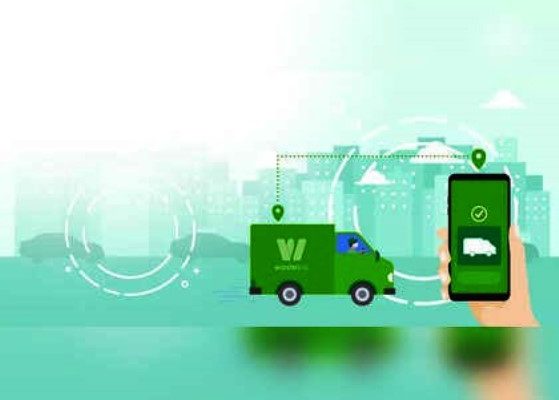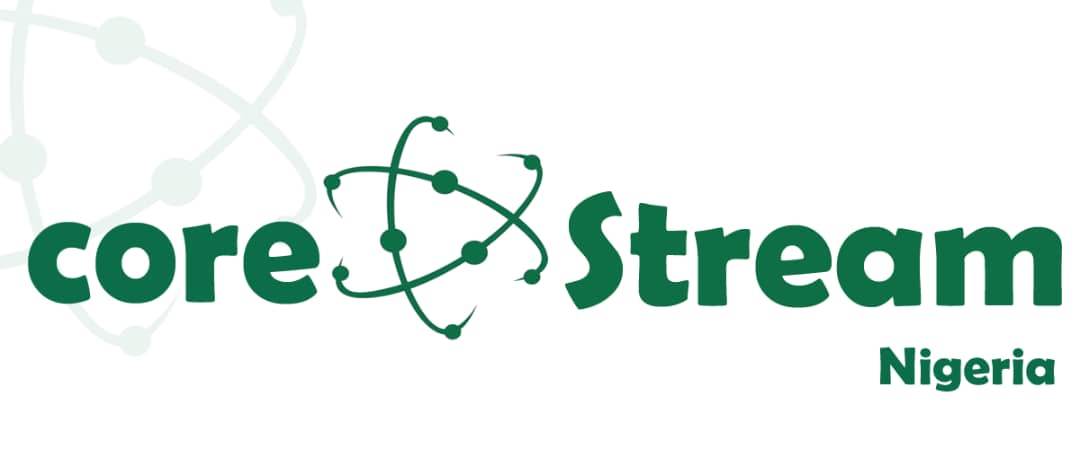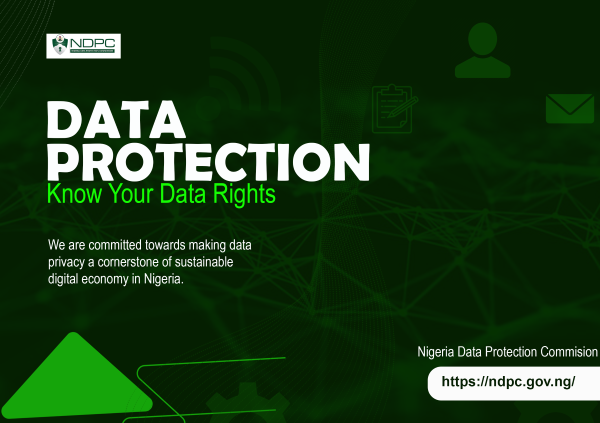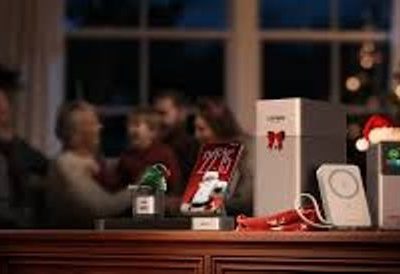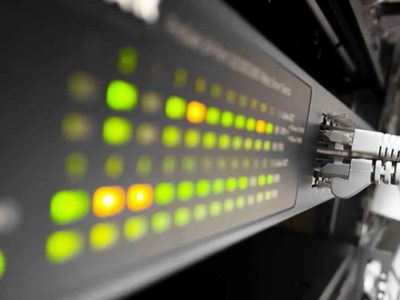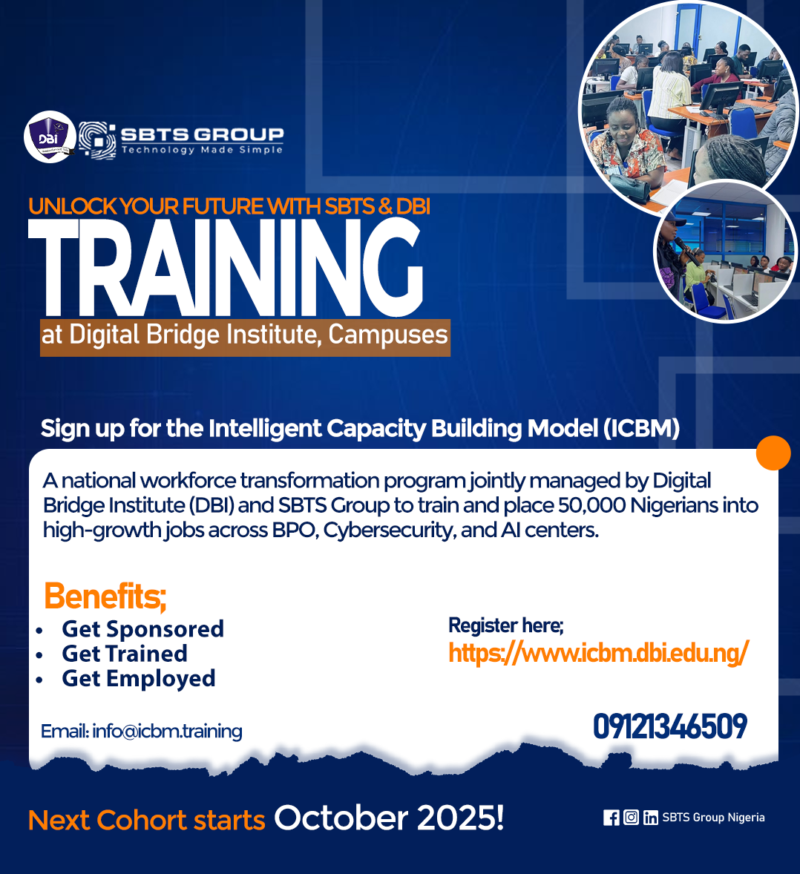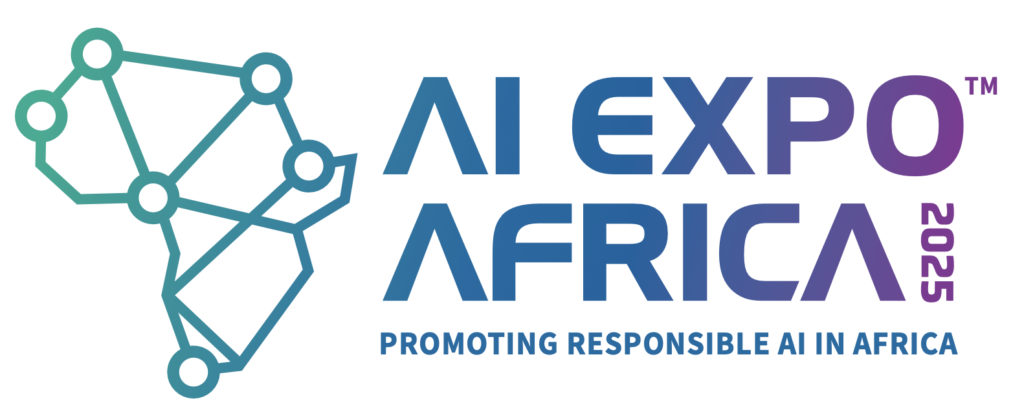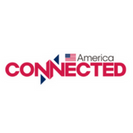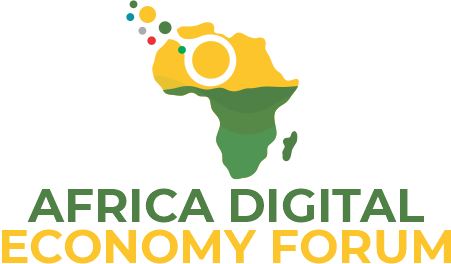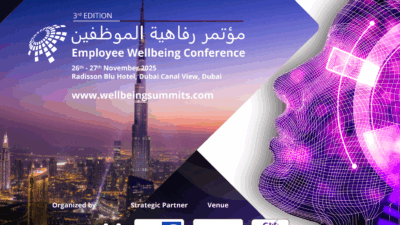South Africa’s Extended Producer Responsibility (EPR) framework was meant to promote accountability and sustainability. Instead, it’s become a system where many producers unknowingly subsidise competitors, lose oversight of their own budgets, and surrender control to organisations that operate with little transparency.
RELATED: ATS reinforces commitment to compliance and offers producers a cost-effective EPR alternative
That’s the harsh truth about the traditional Producer Responsibility Organisation (PRO) model – and the reason why Advanced Technology Software (ATS) E-WasteLink has potentially become one of the most disruptive forces in South Africa’s e-waste recycling compliance landscape.
The cost of blind trust
According to ATS founder Allan Werth, using the e-waste PRO model, producers hand over their EPR budgets to PROs to ensure compliance, expecting responsible management and transparent reporting.
“Instead, all too often producers get inflated fees, generic reports, and a complete lack of cost visibility.”
Since their inception in 2022, e-waste PROs have demanded annual EPR fees from producers in advance each year. These fees are allocated to EPR “spend” on behalf of the producer, without the producer having any say in how the funds are used.
This often leads to payments being made to non-compliant e-waste recyclers, overlooking or bypassing informal recyclers and collectors, and directing producer funds toward “EPR” projects that are neither compliant nor approved by the producers.

Allan Werth, founder of ATS
As a result, compliant e-waste recyclers and informal collectors are excluded, while PROs end the year with millions of Rand in unallocated funds—unknown to the producers. At the start of the next year, producers are once again required to pay EPR fees upfront.
“Even worse, aggregated data allows ‘free riders’, companies that contribute little or nothing, to benefit from legitimate producers’ spend. It’s a system that rewards opacity and punishes accountability and compliance,” Werth stresses.
A producer-led revolution
ATS’s E-WasteLink puts producers, not bureaucracies, in control of their compliance journeys.
By developing its own producer-owned EPR plan, a company gains direct oversight of where every rand is spent, full traceability linked to its specific Product-on-Market footprint, and transparent invoicing aligned with actual recovery targets, achieving up to 50 percent annual cost savings verified through real-time dashboards. Producer payments are made monthly to approved EPR activities; there are no advance annual payments or unallocated producer funds left in the e-waste PRO account at year-end.
“With E-WasteLink, there are no pooled funds, no vague ‘“awareness’ charges, and no subsidising competitors. Every cent supports your compliance, your recyclers, and your sustainability goals,” he adds.
The legal reality no one talks about
Here’s what most producers don’t realise: the Waste Management legislation does not prescribe a single payment model. The PRO framework was introduced years ago in closed industry meetings, without producer involvement. It remains one legal option, but it’s not the only one.
Werth says a producer-owned EPR plan is 100% compliant, transparent, and significantly cheaper.
Time is running out
With the 2025 EPR liability year already gone, many producers are still overpaying – often double what’s necessary – for compliance structures that don’t deliver value. If a producer has not yet paid a PRO for 2025 EPR compliance but still wishes to remain compliant, now is the ideal time to contact ATS and possibly reduce EPR fees by up to 50%. This can significantly improve the producer’s bottom line for 2025.
He says every month you wait, you’re funding inefficiency. “The industry is shifting. Those who move now will not only save millions but will also future-proof their sustainability strategies and lead a transformation toward real accountability in recycling.”
Take action
“Producers, it’s time to stop paying for someone else’s interpretation of compliance. Take back control of your EPR budget, demand transparency and build your own measurable impact through a producer-owned model,” he concludes.

